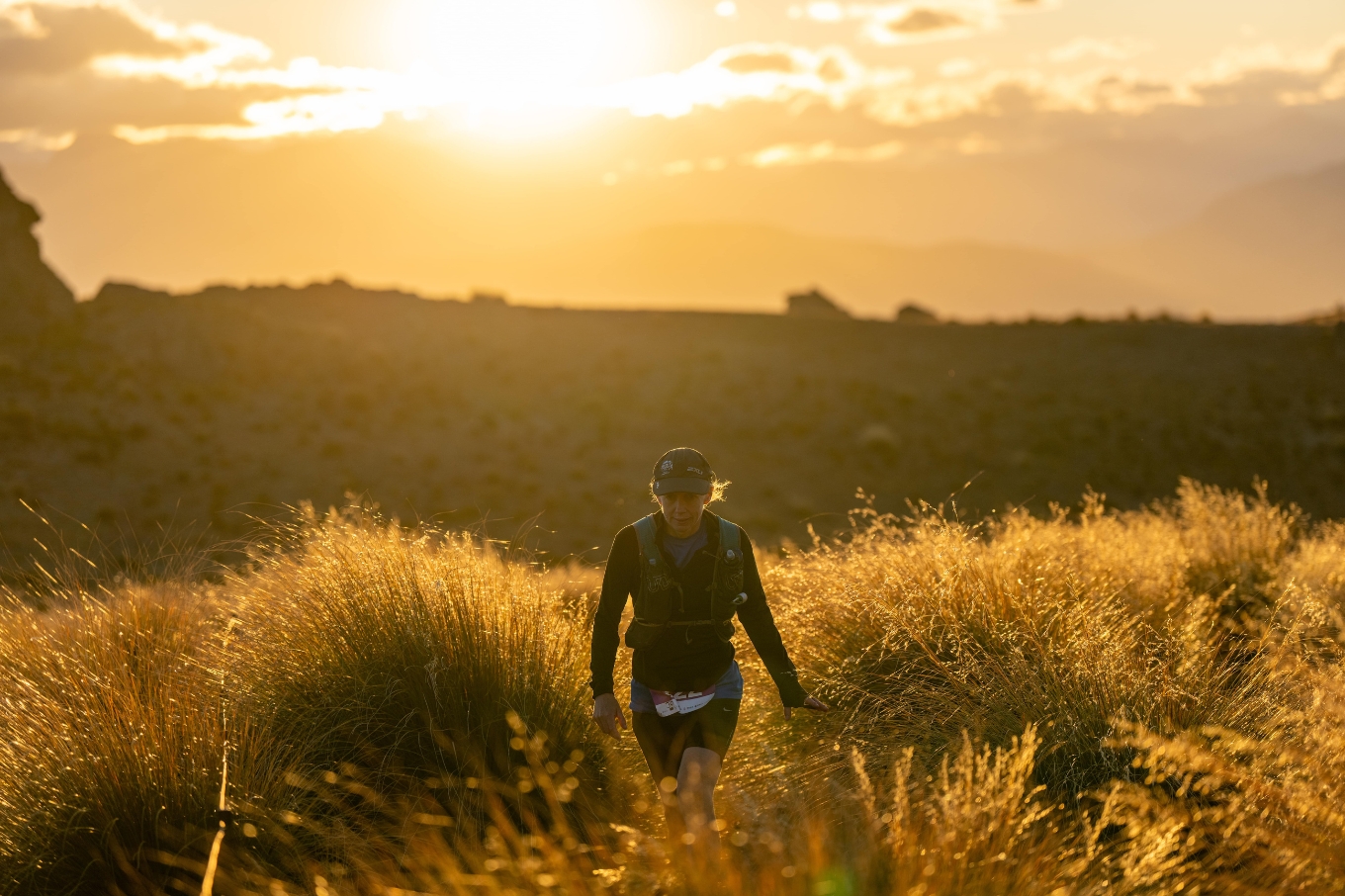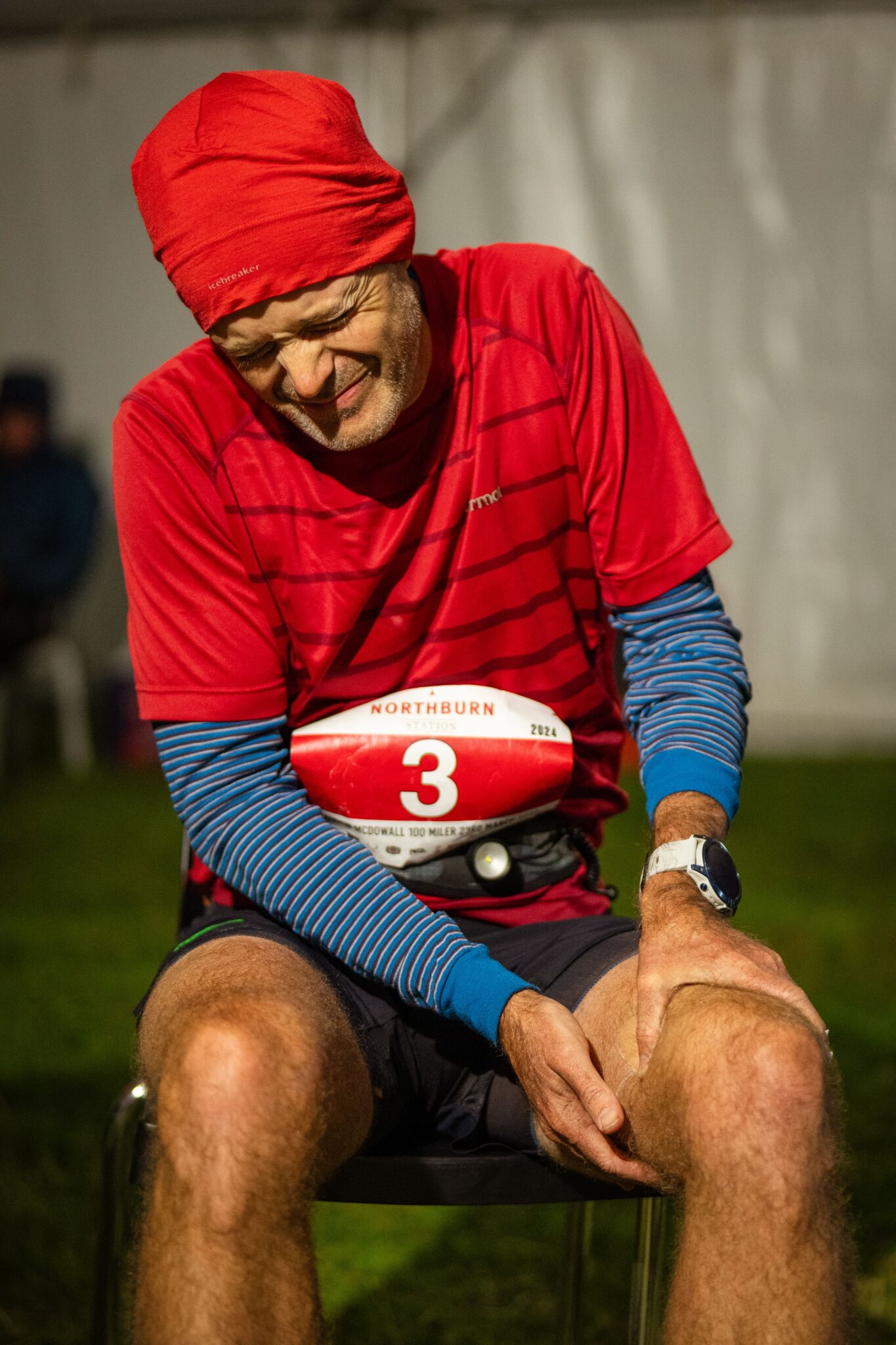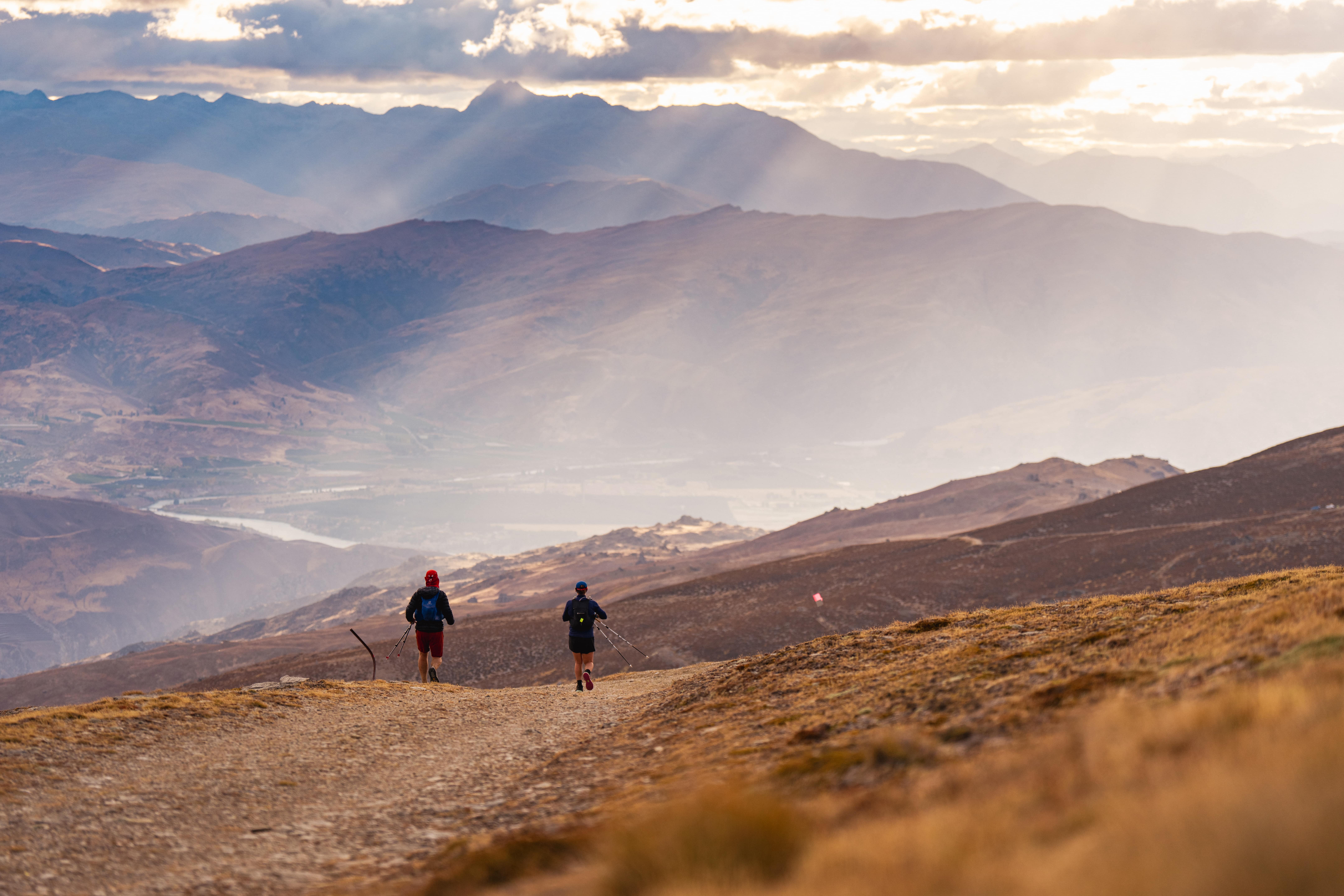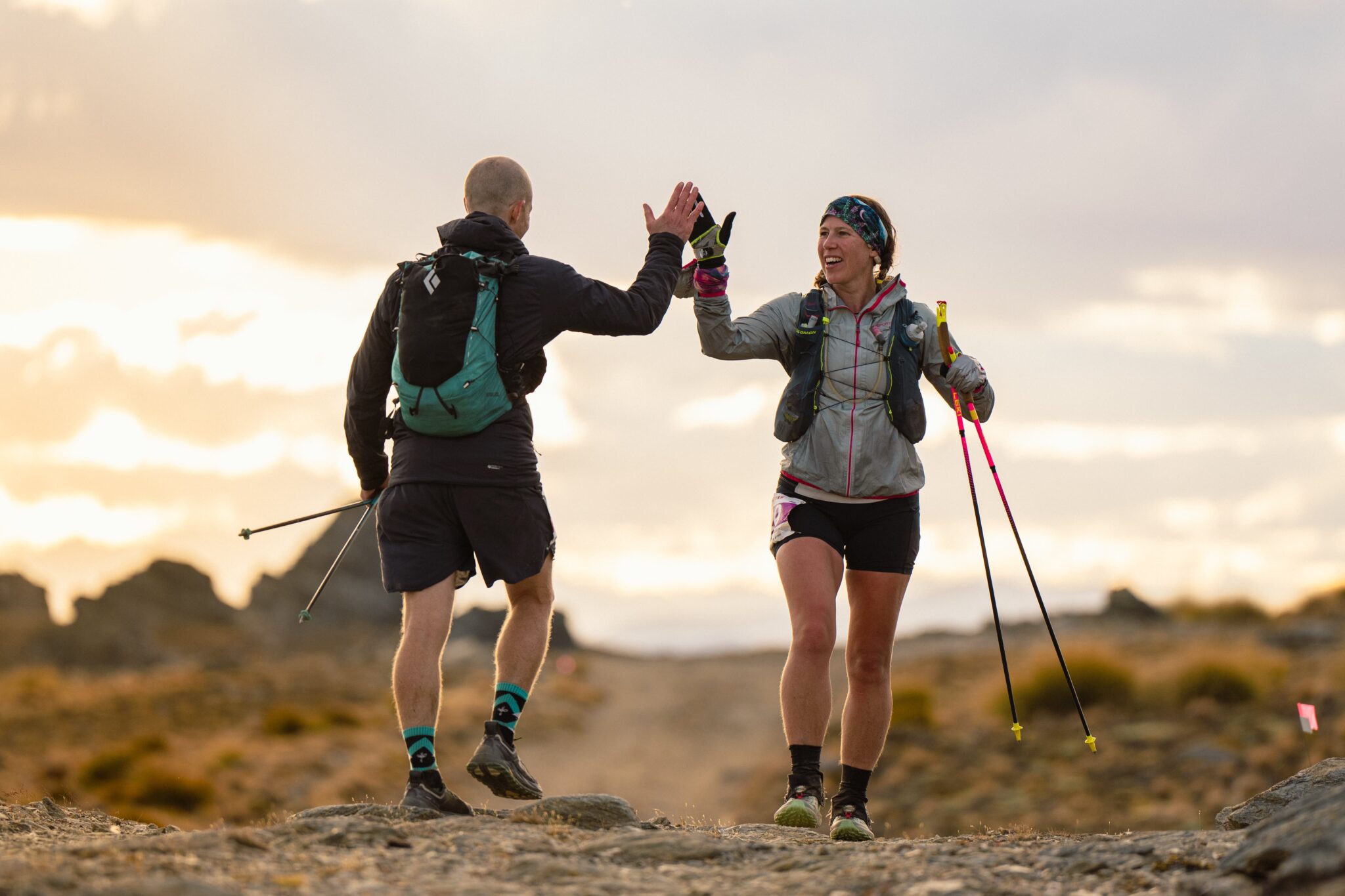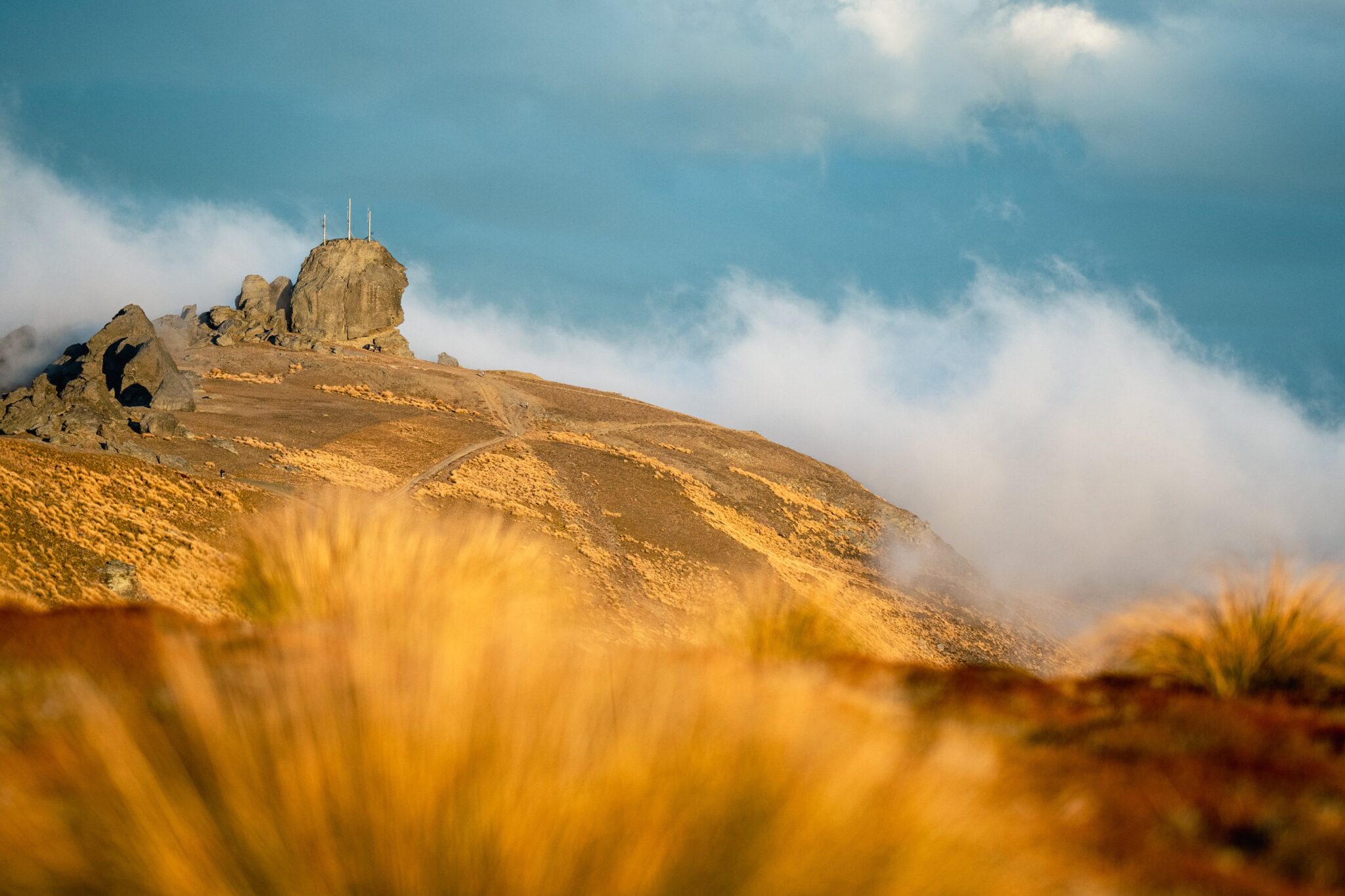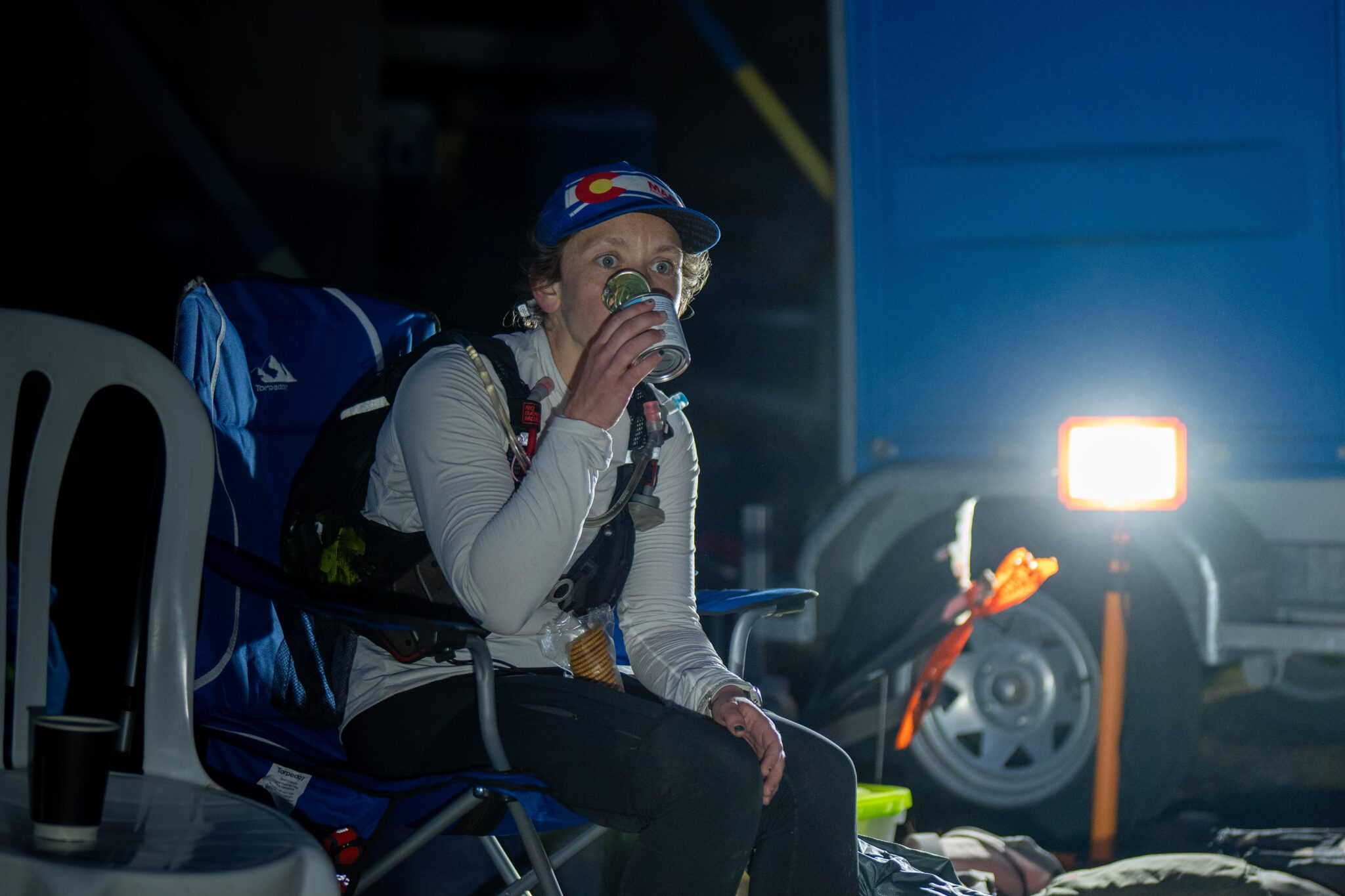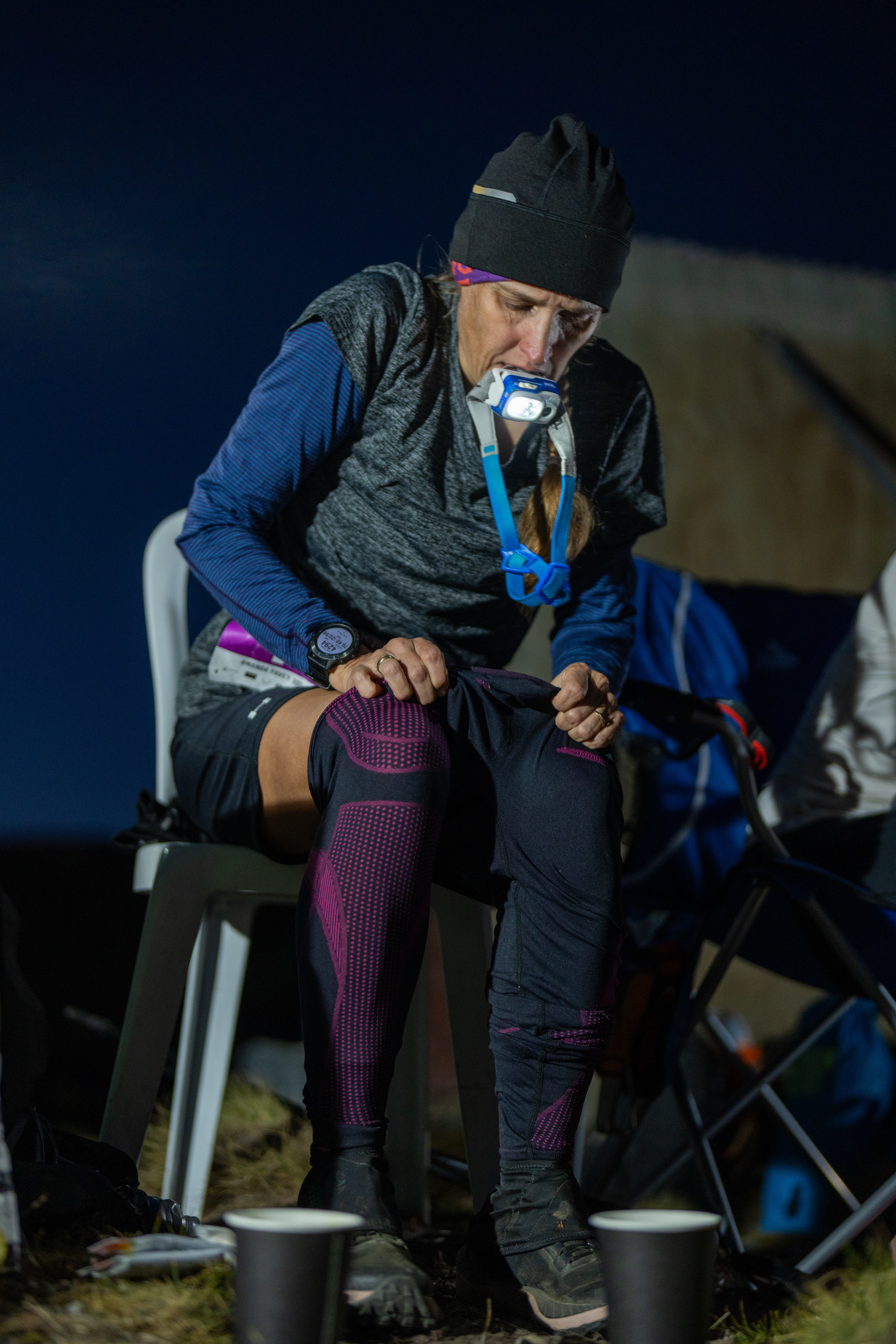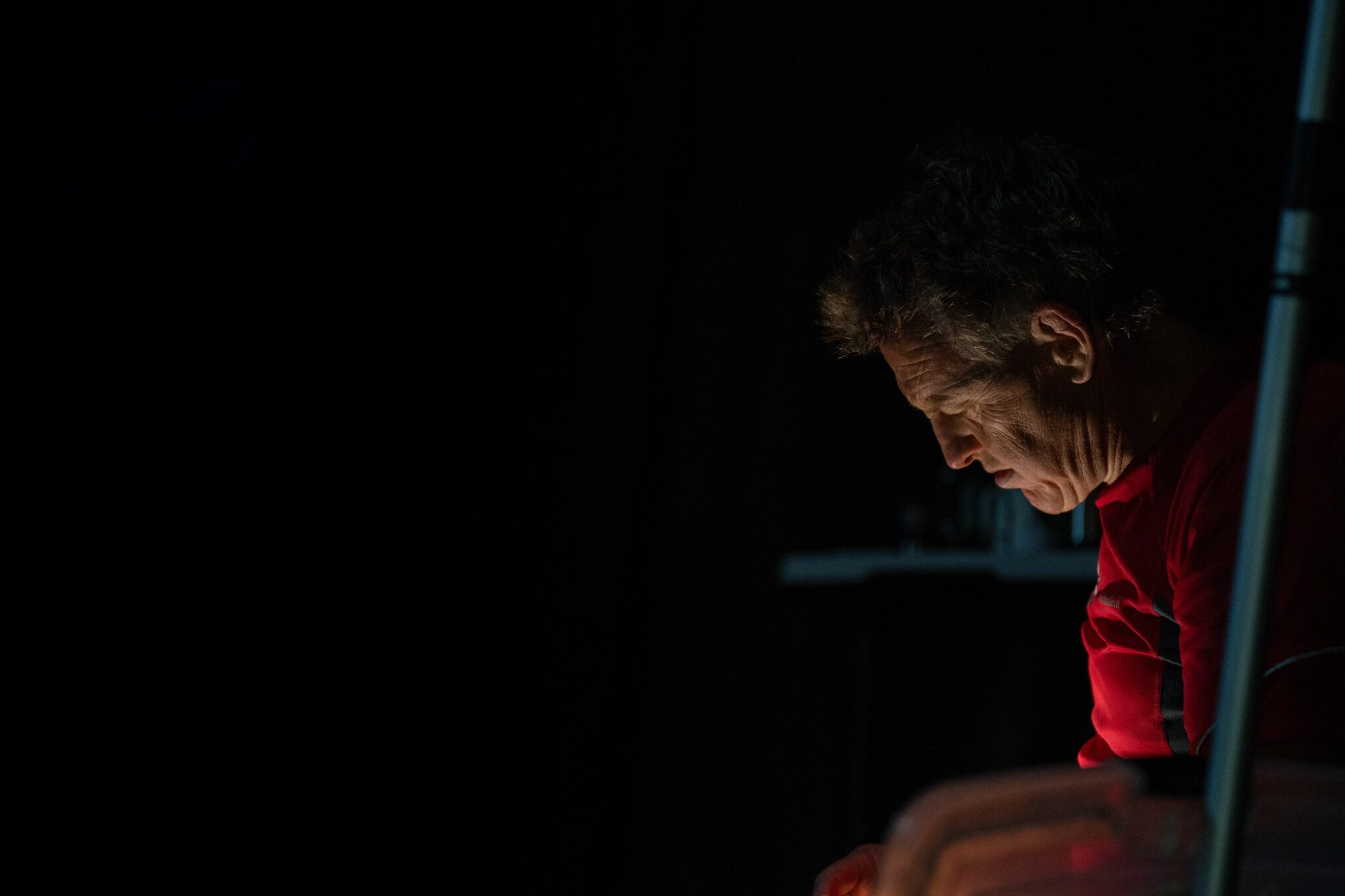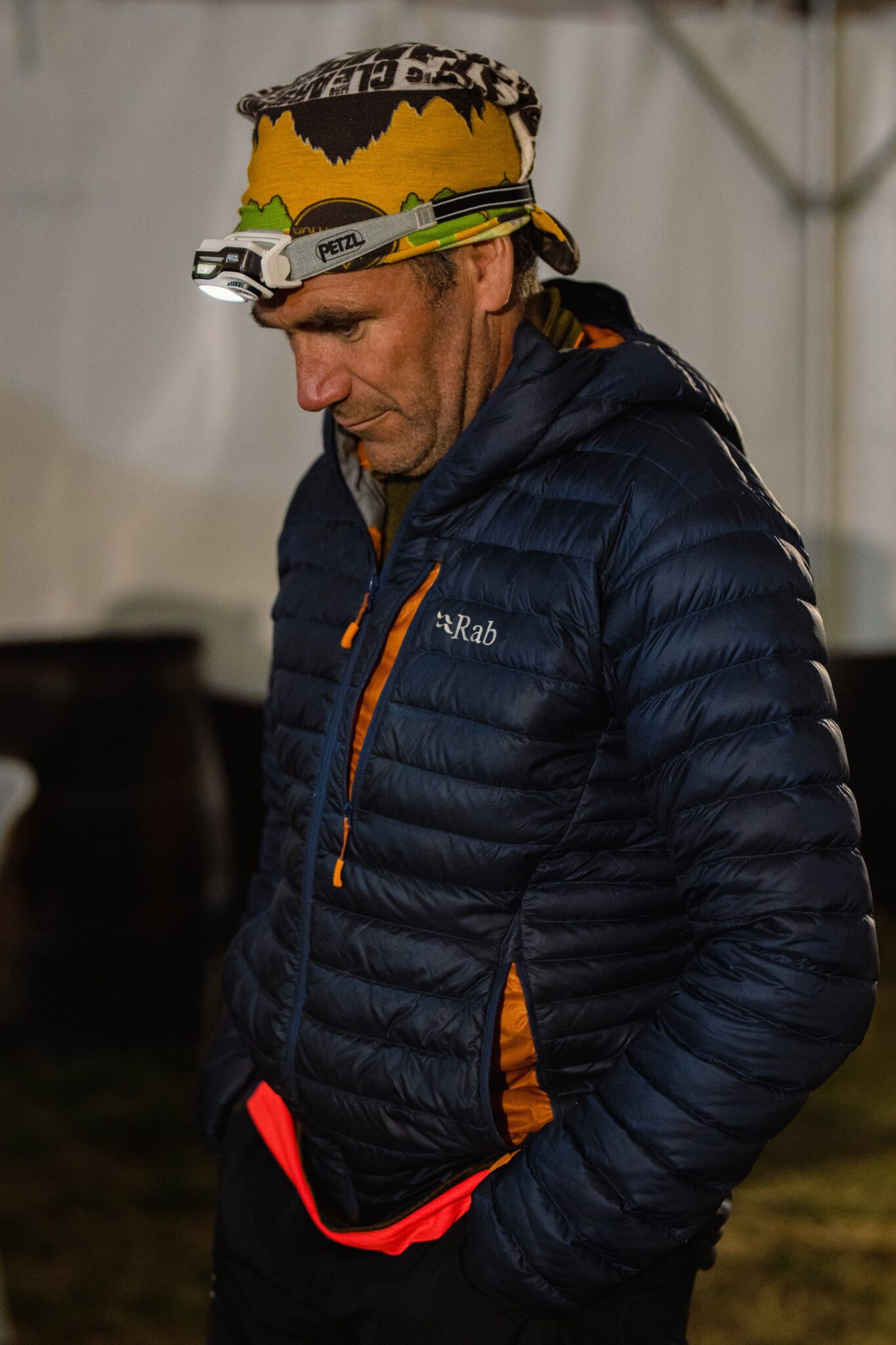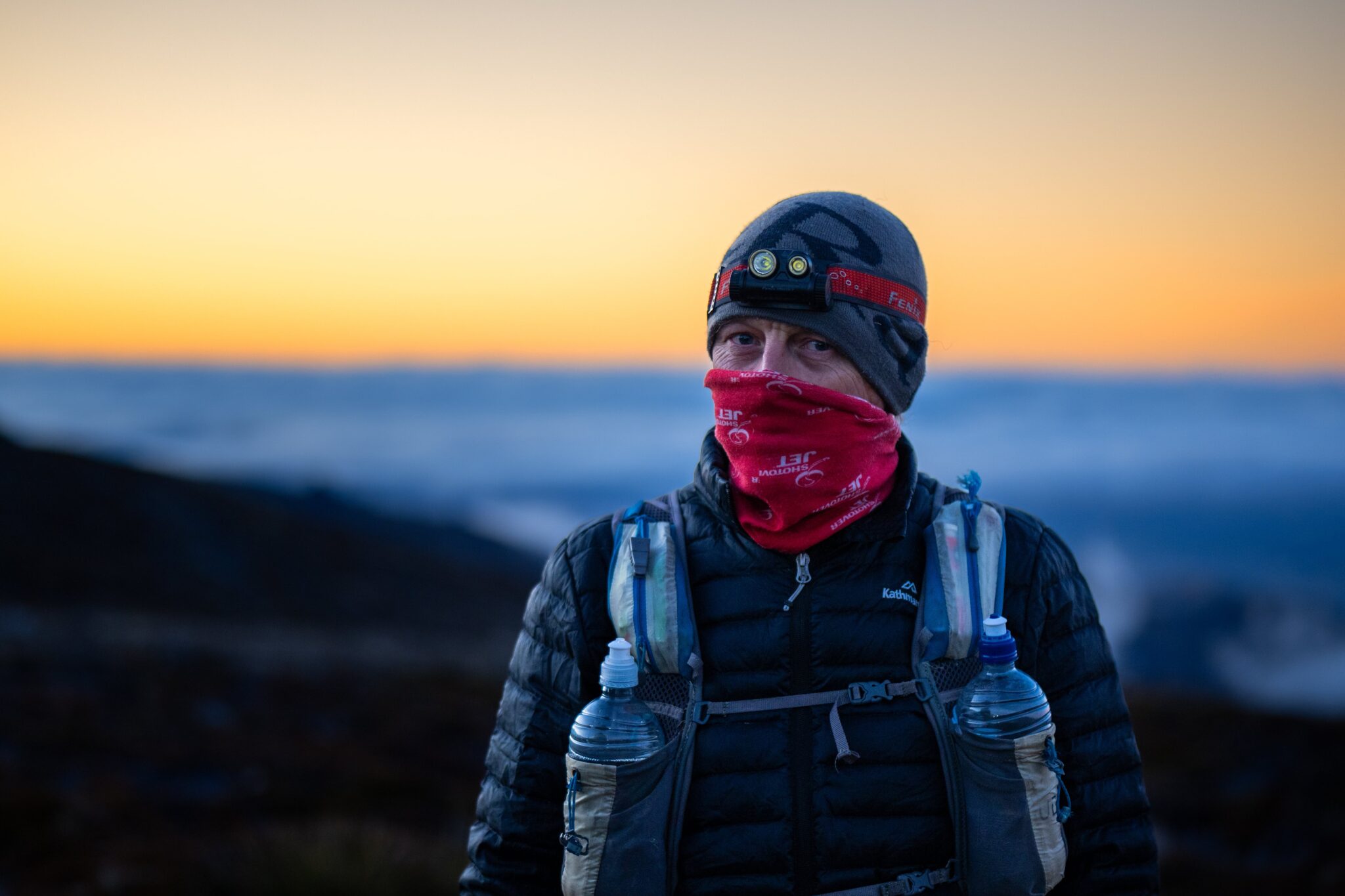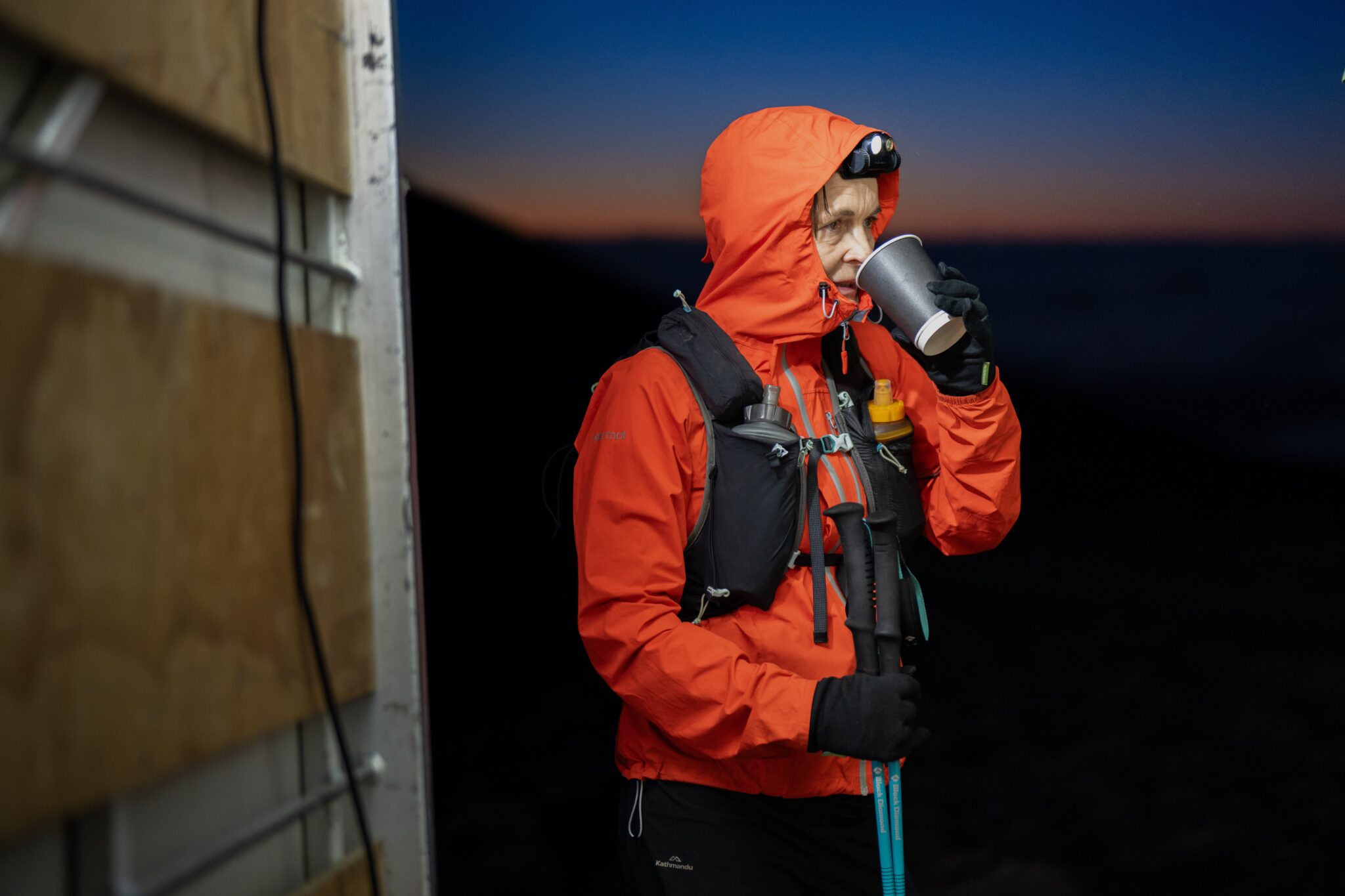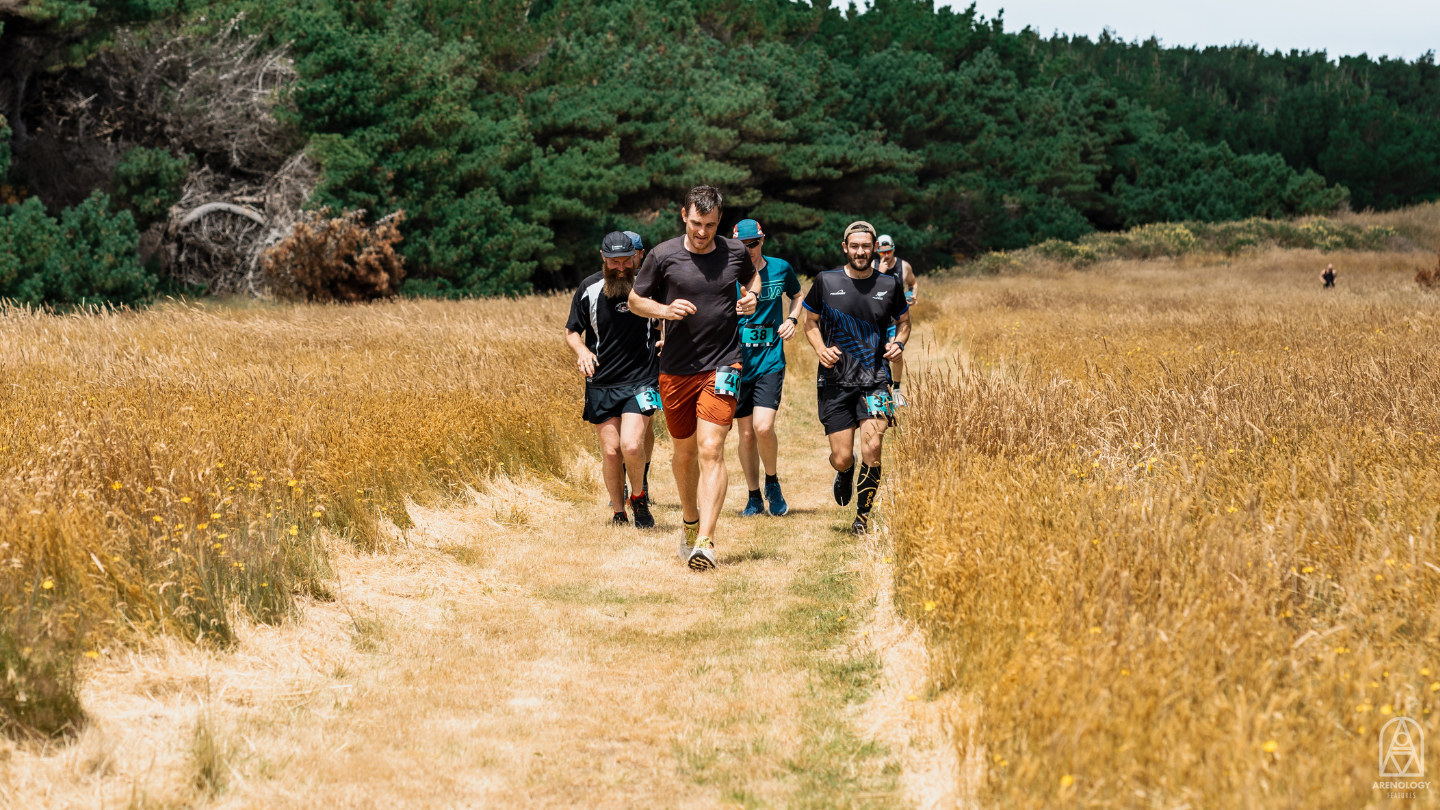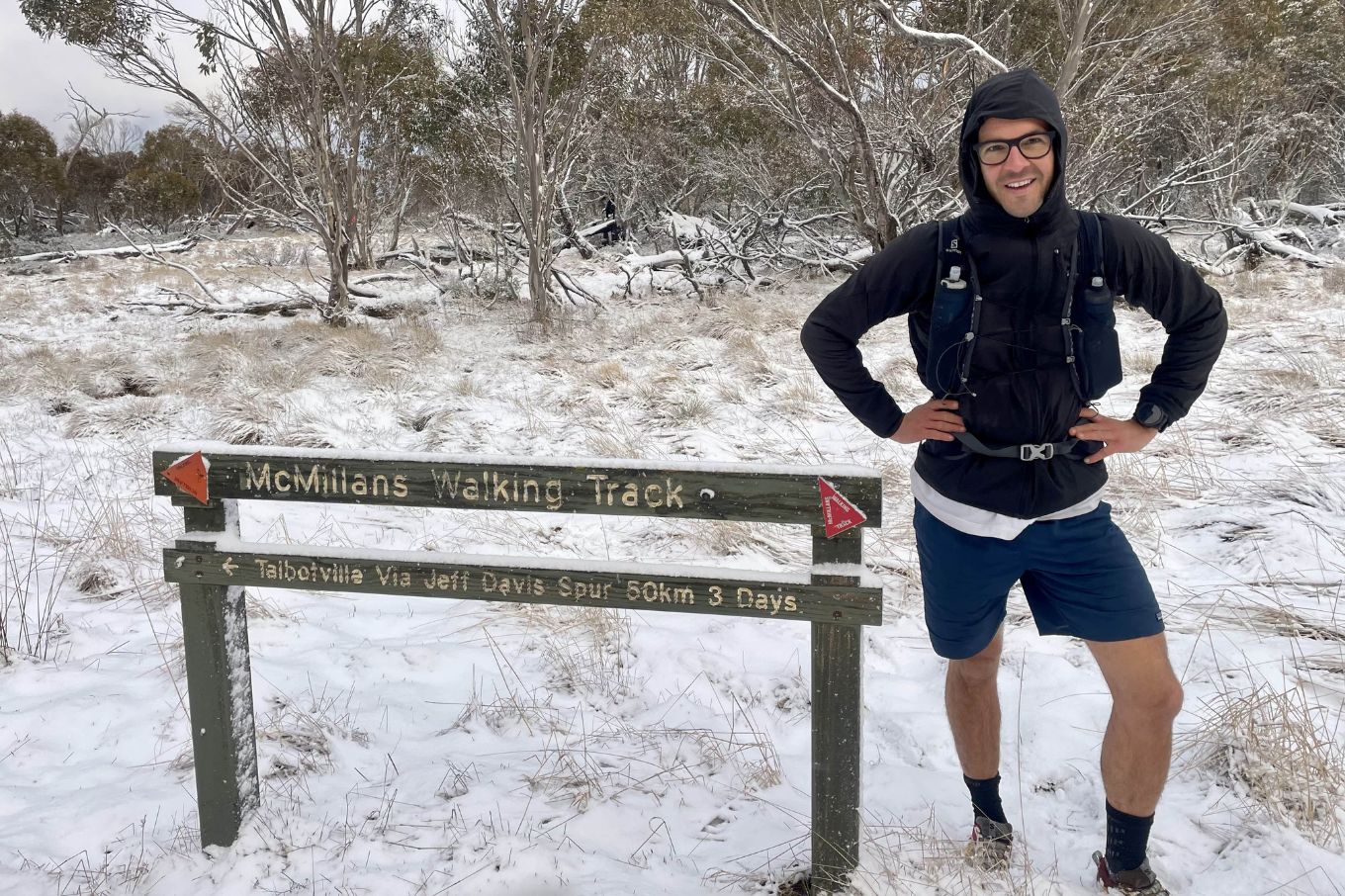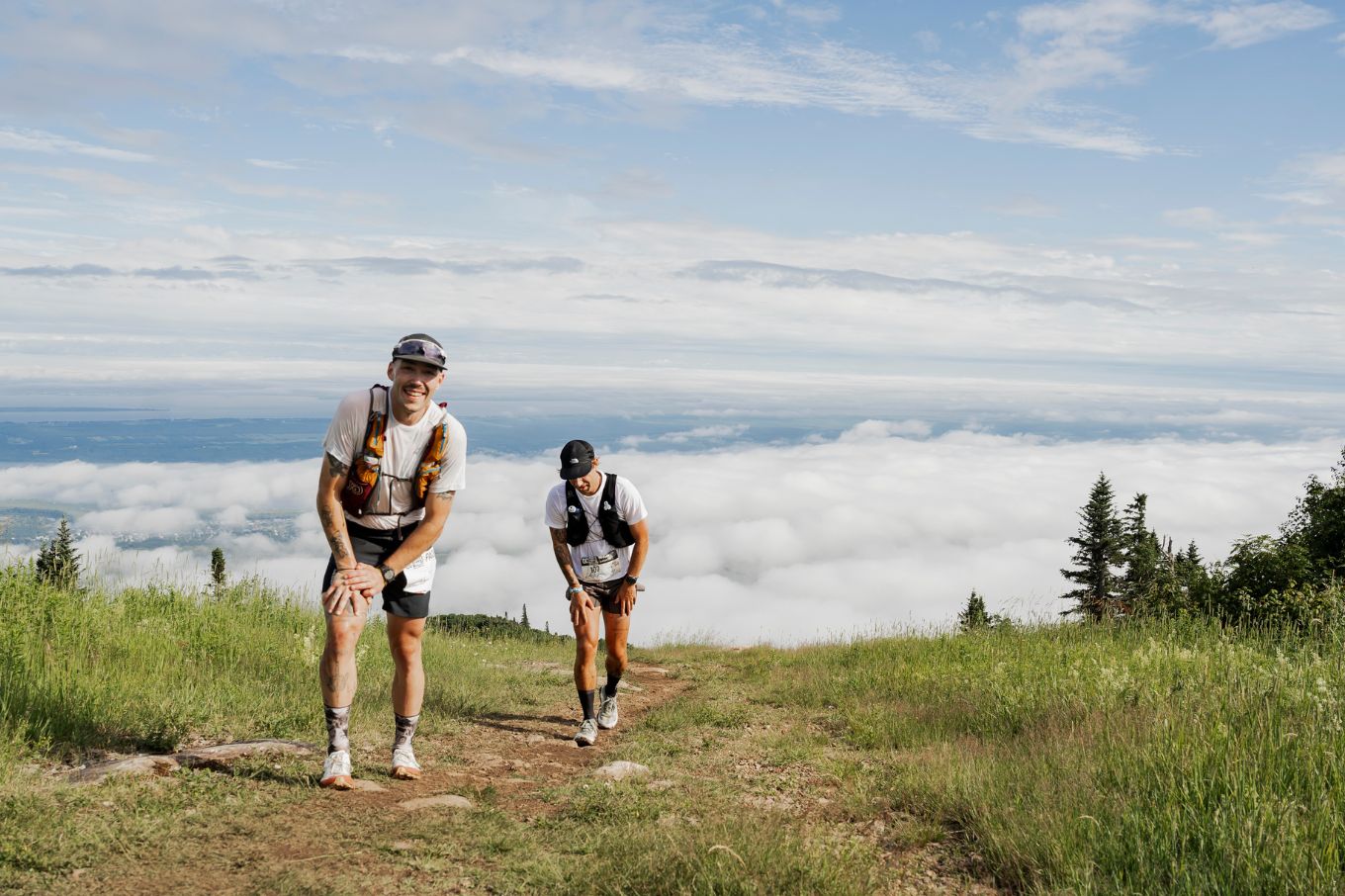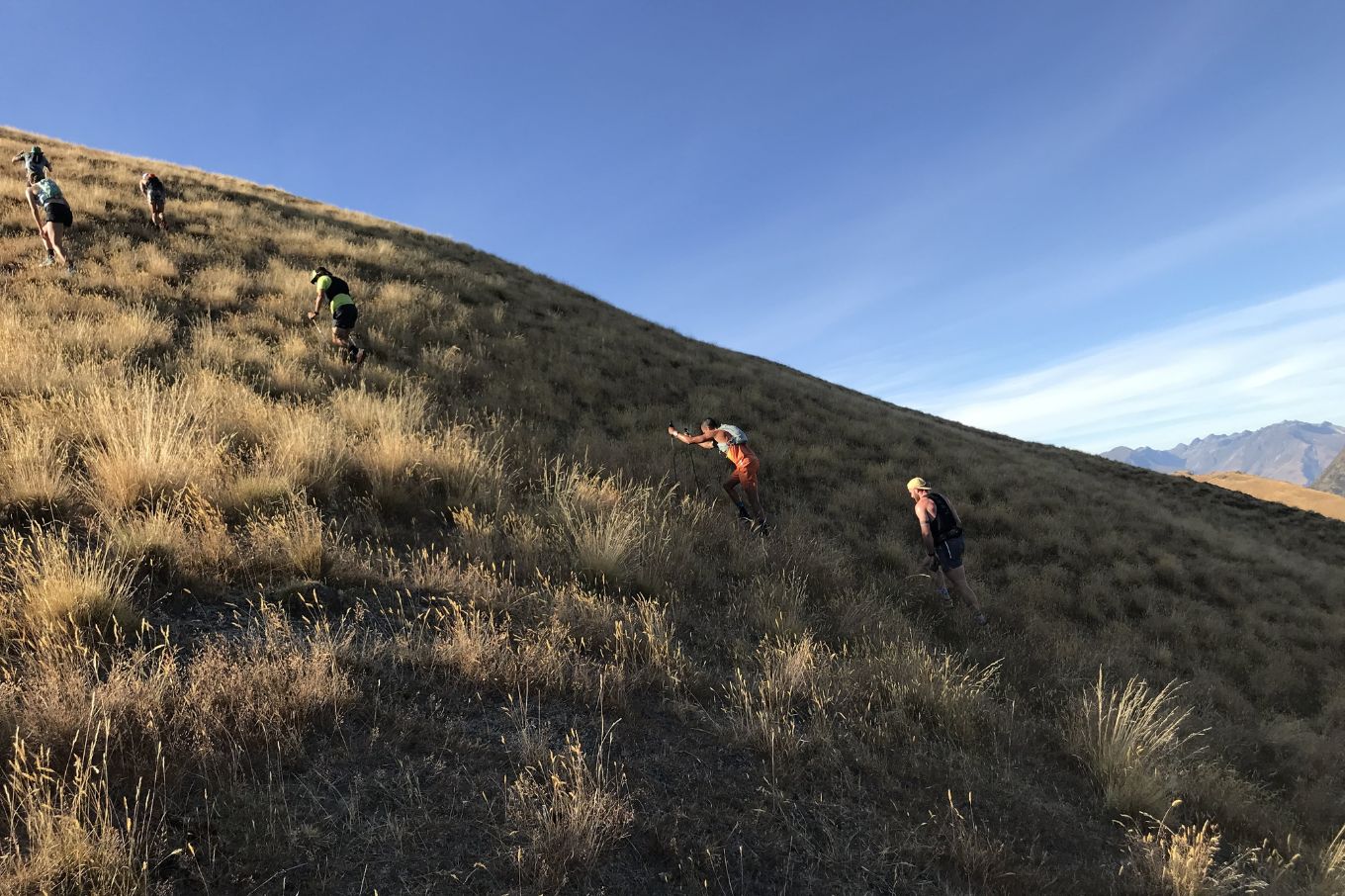Is the Northburn 100 New Zealands Toughest 100 Mile Race?
SAY HELLO TO YOUR INNER DEMONS
Contributed By: Rachel Bridgewater
Photography By: Ben Wallbank
Northburn 100, arguably New Zealand’s toughest 100 mile race, is set in the backdrop of beautiful central Otago, but if you’re coming to run at Northburn, you’re coming to suffer – plain and simple. Rachel Bridgewater has experienced the pain, the agony and the anguish of the race first hand in her running career, and in this edition of Trail Run Mag provides an insight into what it takes to finish the course after talking to race director Terry Davis and two runners, Glen Sutton and Jean Beaumont.
With unrelenting climbs, the Northburn 100 is followed by unrelenting descents, which genuinely get steeper as they go on. Hotter than hot days followed by colder than cold nights. To experience Northburn is to be pushed so far out of your physical and emotional capabilities, you’re left wondering how on earth did you get yourself into this mess.
And oh! Hello inner demons…there you are!
Northburn 100 is a trail running event set on Northburn Station in Cromwell, NZ. A sheep and beef farm. It comprises of three loops (50km, 60km, 50km) and in total will see you climb nearly 10,000m in vertical gain if you’re brave enough to take on the penultimate 100miles.
And stripping away all the things that make trail running a business, you’re left with just the things at the heart of it. Dedicated volunteers, a mammoth of an adventure and motivated individuals who are out there to test what they themselves are made of. This is Northburn, a no thrills event that will leave you a different person from when you arrived.
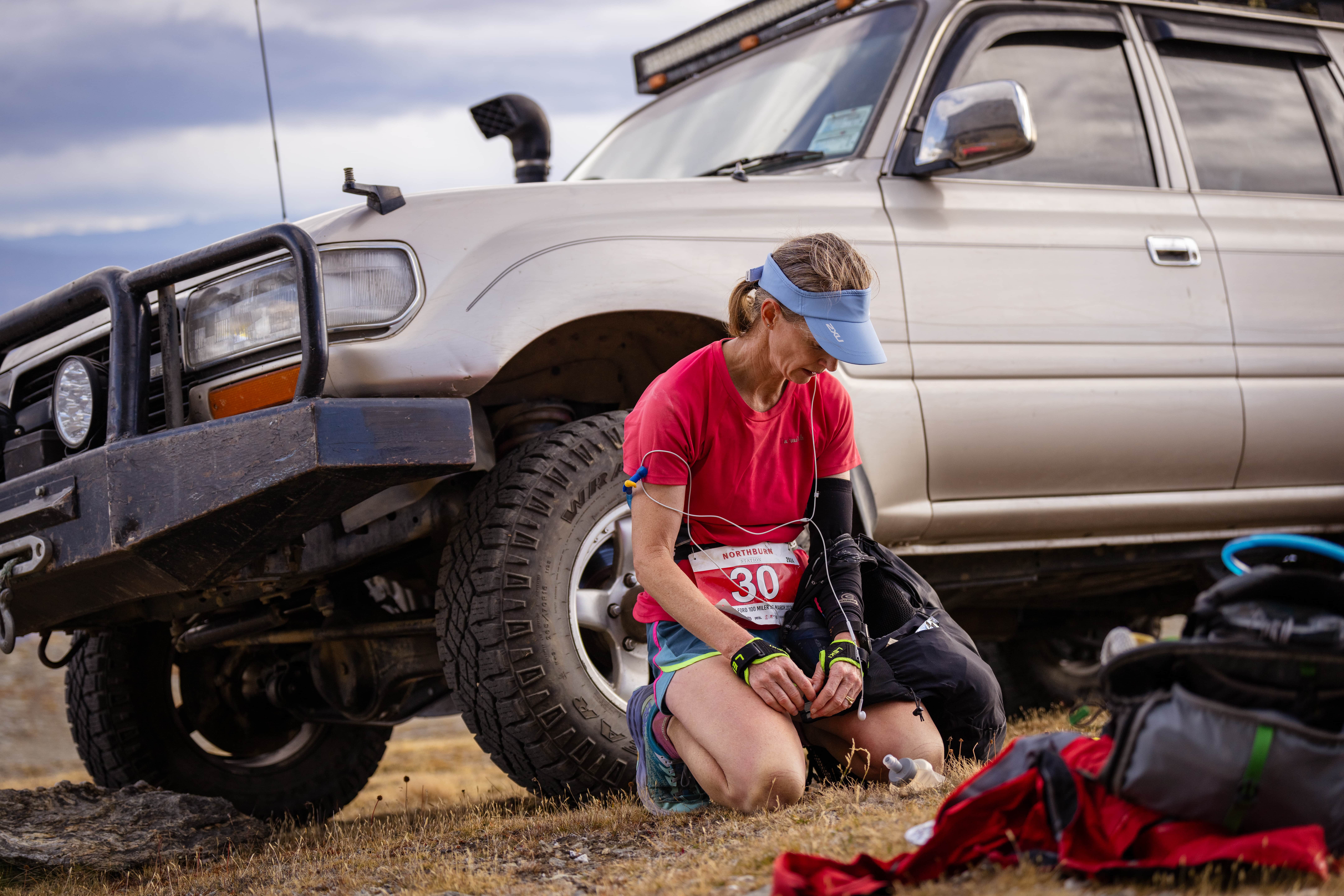
At ground level, a marquee awaits with your supporters, a cup of warm soup and basic offerings of some electrolytes or water. At the top of Northburn station stands the imposing ‘leaning rock’…like a beacon of hope, it signifies the top of some of the climbs which to be honest you may have thought would never come. The terrain remains equally beautiful as it is brutal. Large rock formations fill the terrain which as some competitors, like Hazel Harrison, will tell you in the latter stages of the race, may morph into something else entirely.
Sparse aid stations laid out on the course with hardy volunteers, most of whom are returning runners and understand just how hard the challenge is that you’ve set. They themselves will endure bone chilling nights to ensure participants will get the support they need or simply catch you in their arms when and if you finally admit defeat.
And at the heart of the event, the enigma that is Terry Davis, race director. At first glance, one may not know what to make of this character, and to be honest, sometimes I wonder if I just enter his events purely to hear his pre-race briefing.
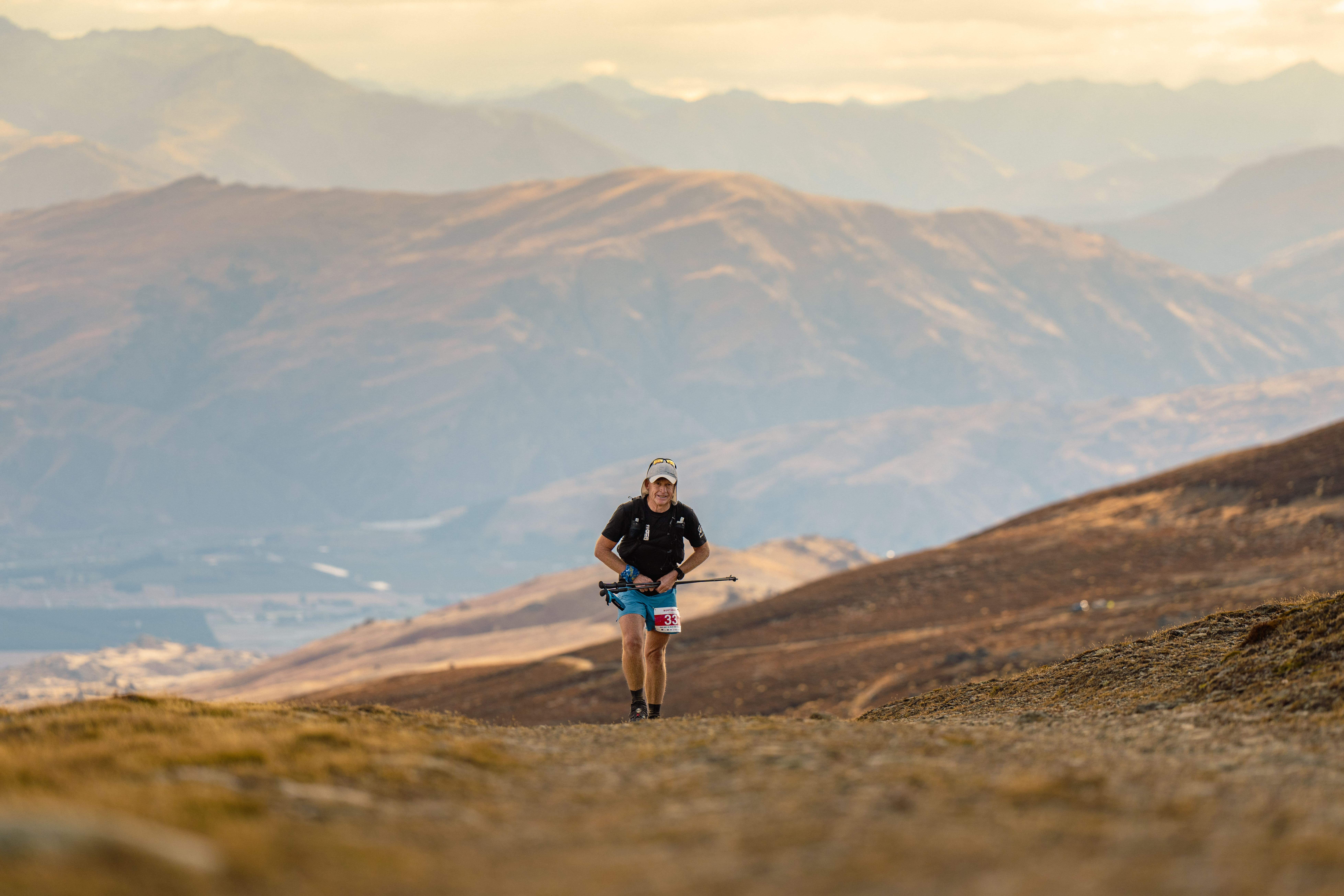
This year, like many others, Terry stands delivering his description of the course to shocked first timers and returning runners who give each other a knowing look and wry smile. You see, Terry genuinely believes that suffering is good for people. In fact, he would tell you he believes he’s living his life’s purpose creating opportunities for people to experience their own outer limits. He himself, a keen trail runner, having been through many of his own epically brutal running challenges, always reflecting on how they were some of the best memories of his life. Because as he says, there is no growth in your comfort zone.
“When people come to do Northburn for the first time, it’s usually a reaction of shock,” he reveals.
“I will tell them how hard it is, but they don’t really believe me until they return from it. The course is always harder than people think it will be and always takes longer than they think it will.”
Terry will never sugar coat things, but most people simply refuse to believe him, but as he puts it ‘they soon learn.’ And as a previous 100 mile competitor in this brutally beautiful event, I know he’s telling the truth.
As runners head out on the first loop, along with 50km and 100km competitors, the pace is varied. A confusing scenario, which leaves you questioning whether you are over doing it, underdoing it or about right. If you’re doing the 100 miles, the first loop, even though tough, is just an obstacle to tick off before the real work begins.
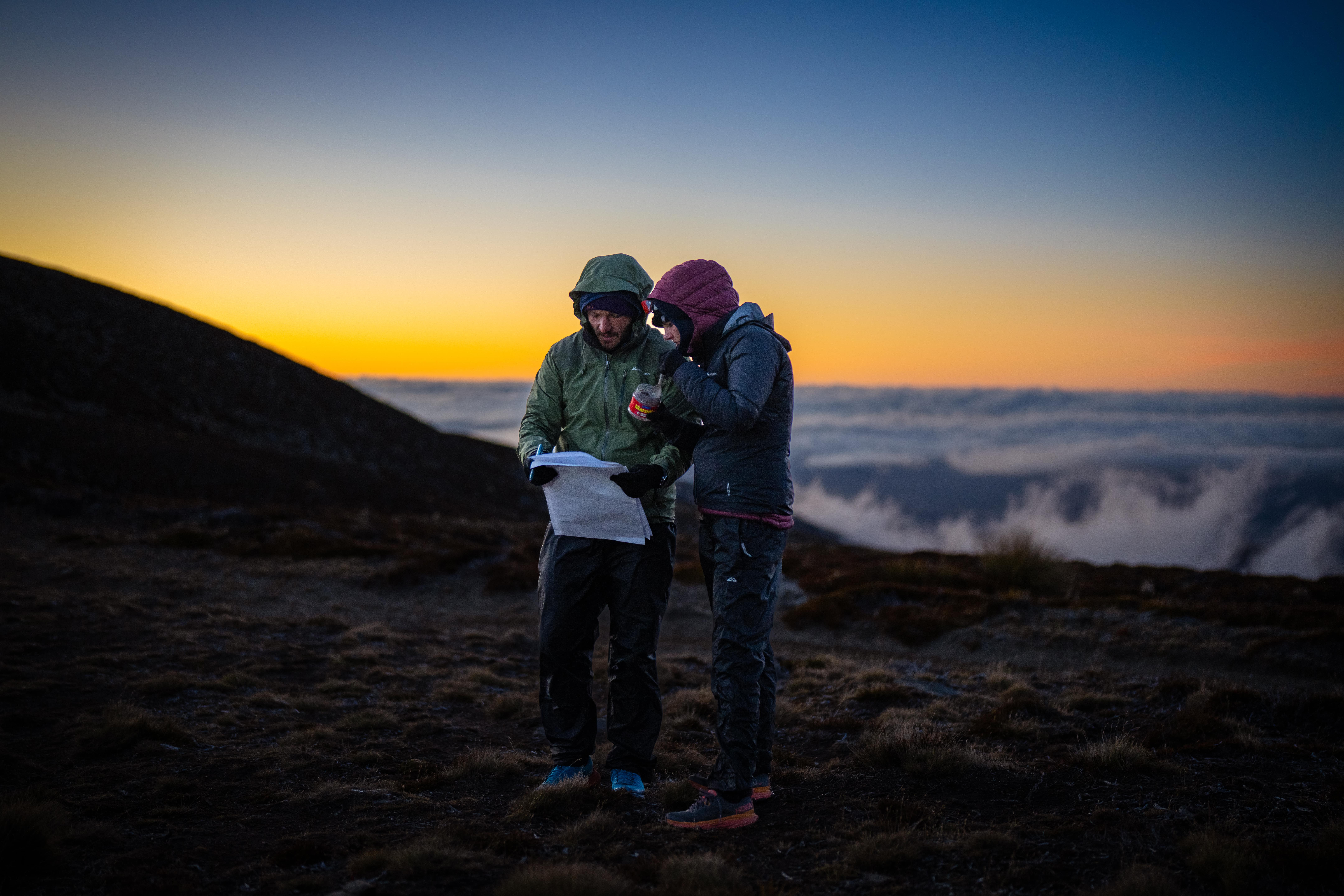
As our fair weathered friends leave the course having completed the 50km (a reasonable feat on its own), the 100 mile and 100km runners settle in at the base marquee to refuel. What awaits them in the second loop is stifling heat and hours of climbing ahead. A section aptly named ‘the death climb’, it’s one that has the highest attrition rate of the whole event. Not only do runners battle heat and an unrelenting climb, but having just refuelled at base, trying to hold down nutrition for some will become the bigger issue.
As survivors of the death climb reach its summit at leaning rock, the heat of the day begins to retreat, and light gives way to darkness. But don’t think for a moment things will improve.
Having just climbed for hours and finally descending what feels like an easy trail, 100 mile runners will be re-routed off the edge of the trail in a highly technical section which might leave you wondering if you’ve gone the right way even though well marked. A question you will ask yourself many times as race director Terry begins to weave his magic. The course design you see, has the direct intention of messing with your psyche just as your brain starts to want to shut down and welcome sleep. Not only that, but now the cold has started to set in.
As the second loop ends and you reach base for the second time, the need for sleep can and probably will become overwhelming. For 100km runners, finally their race has come to an end. For 100 mile runners, the challenge has only just begun and for some, they will end their run here while for others, they will head back out.
The third loop begins much like the second did, straight into a climb that will go for hours. However now overwhelmingly fatigue will set in and the brain becomes a blurry haze. Visibility becomes more challenging as fog sets in, temperatures plummet and frost forms on the trails. Stumbling through the haze, your brain becomes disorientated, unable to figure out where you are with no reference points to call on except the ever-present course markers. You become stripped back into a basic state just looking to survive, to move ahead and crucially to try and keep fuelling.

As you reach another summit and the sun eases back into the sky, a feeling of relief washes over. You feel you might be through the worst of it. The views as the morning sun rises and fog collects below you become so beautiful, it almost stops you in your tracks. A long runnable downhill awaits and, in your mind, you’re headed straight for the finish only to be welcomed by a final and unexpected climb to the now famous bicycle wheel in what has again become stifling heat. The finish line a mere 7km away, now feels like forever away.
So, what does it take to withstand the challenge that Northburn sets and get through unscathed?
Glen Sutton is the only person to have completed all Northburn 100 mile races to date, is a member of the NZ backyard ultra team and is a previous competitor in the famous Badwater 135.
“Everyone is going to be in the same predicament as you,” he explains.
“It is the person that has it in them to keep grinding it out, there are no easy bits, the climbing is hard, but the running downhill wrecks your quads; the terrain is technical and there are no parts of the race you can switch off”.
When asked what keeps him going, Glen is humble in his response, saying he thinks about his family and being a role model for them. But as to what keeps him coming back?
“It’s the people, the location and the challenge of doing it just one more time,” he reveals.
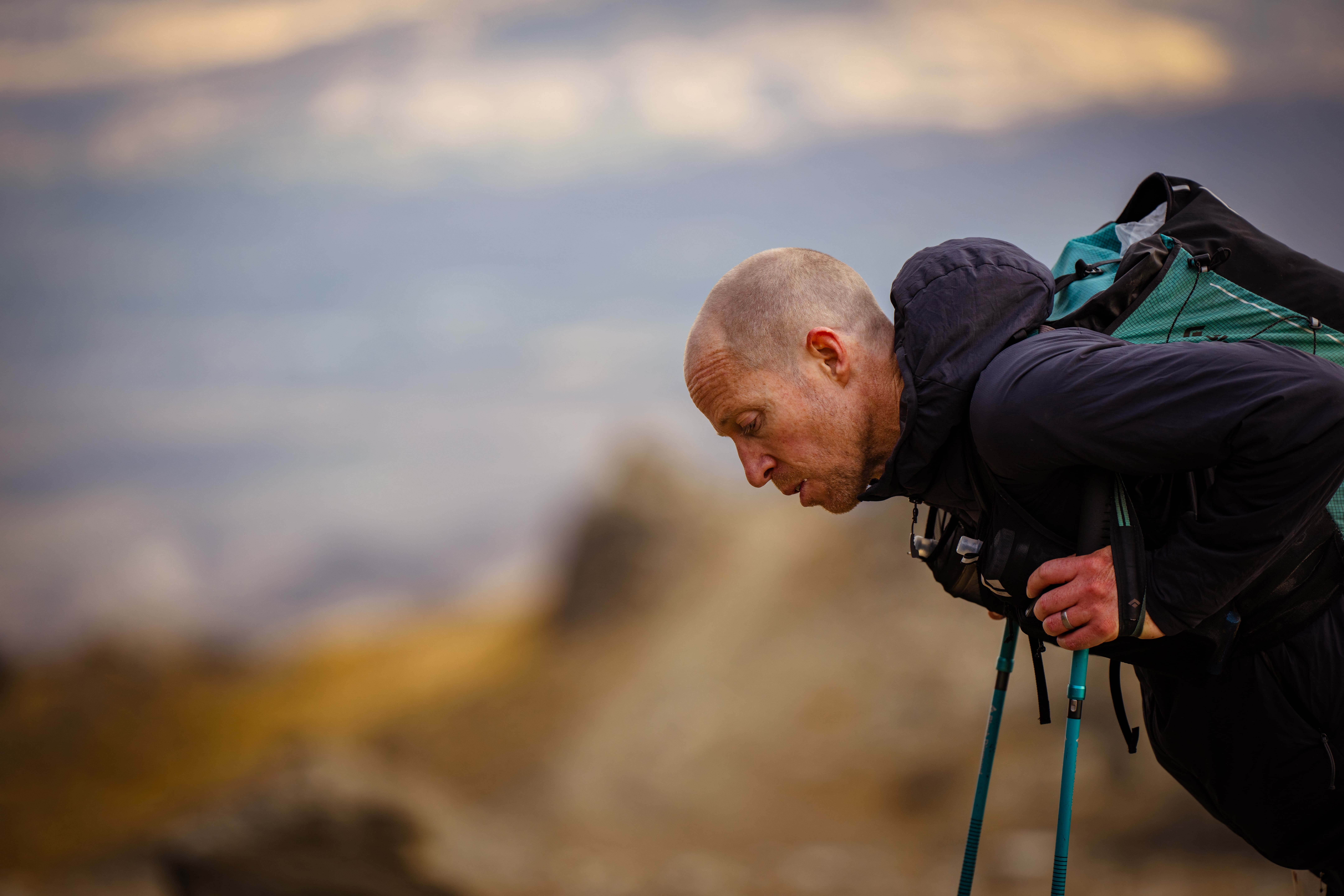
For Jean Beaumont, winner of the women’s field (six times over the last seven years) and an air traffic controller from Wellington, trying to focus on her surroundings rather than her own suffering is helpful. An absolute force to be reckoned with, this is one tough lady you do not want to meet on the start line, but she will never tell you that.
Actually, she will tell you that the more inspiring runners are the ones who go into a second night on Northburn, and if you want to know how she wins it, well…one thing she’s not doing is hanging around at the aid stations. What’s the hardest part of Northburn according to Jean?
“Entering it,” she says, plain and simple.
As Northburn draws to a close for another year, lifelong friendships have been forged, and dreams have been realised – or not. With many making promises of redemption the following year, the course leaves a forever mark on those who were brave enough to take it on.
It leaves Northburn asking a question though.
Are you resilient enough to face physical and emotional obliteration, to risk failure because you dared to ask the question, ‘but what if I could?’
Because we only live one life, so why not live it boldly…until we meet again next year at Northburn!

